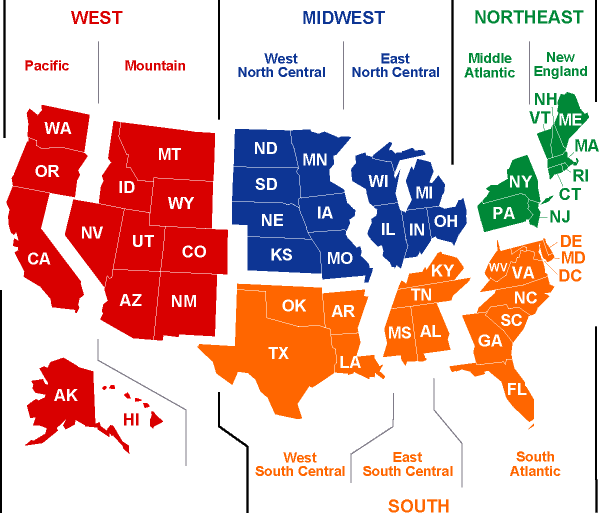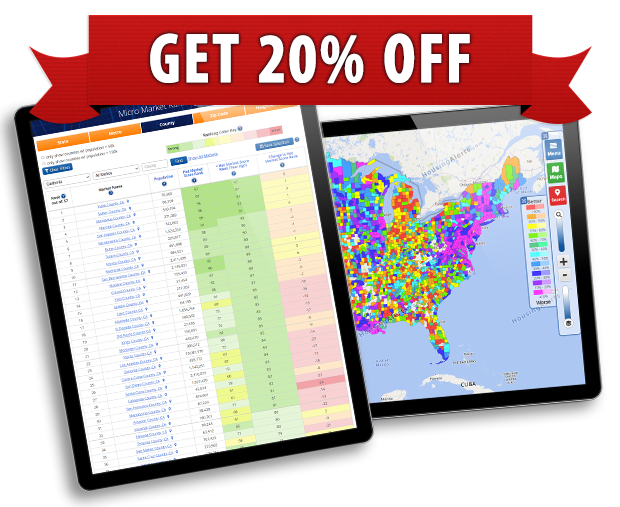Home-by-home price data doesn’t (yet) exist on a sub-MSA break-out level.
For some very large MSA’s (such as New York, Chicago, etc.), I’m attempting to get access to more detailed information via a Freedom of Information Act filing. This is an expensive and slow process… but worth a try!
HousingAlerts tracks actual home price movements for all 379 inpidual “Metropolitan Statistical Areas” (or MSA’s) as defined by the U.S. Census Bureau. An MSA is a core area such as a central city along with the counties economically and socially connected to it.
HousingAlerts is the only system that uses **actual** & **repeat** home transactions to track home value changes. There is no alternative information source or database we can use that will provide both:
1) Extreme accuracy, and
2) Coverage of so many distinct geographic areas.
The only way to get truly accurate home price data is to track specific purchase and sale transactions for the same home. Even though the database contains over 31 million actual properties, to have a big enough “sample size” each quarter requires a very large geographical area. Breaking it down to smaller areas adversely affects the accuracy.
Unfortunately, there is no other worthwhile source of housing data that will give you accurate and reliable enough info on a smaller scale basis. Other methods (like the Realtors® “Median Home Price” changes or the Commerce Departments’ “Constant Quality” home price reports) will NOT work… the results are simply not accurate enough to use.
Technical Analysis (or any other sophisticated market cycle prediction tool) requires extreme accuracy in the database. Otherwise, the results are junk.
HousingAlerts is the first and most important step in the entire real estate investing process.
Long before you start focusing on inpidual neighborhoods, you need to first identify which phase of the real estate market cycle your **overall** market is facing. Then (and only then) can you know which investment techniques and objectives are appropriate on a “neighborhood” level.
Since the most significant aspect of creating real estate wealth is capturing “Automatic Appreciation” – the first thing you need to do is ask:
1) Should I be buying, selling or holding?
2) Where (and when) should I invest?
3) What is my projected hold period and what strategies best fit that time frame?
Getting it right (or wrong) at this early part of the investment process will have more impact on your ultimate success (or failure) than anything else you may do.
For “Local Market Masters” (sometimes referred to as back-yard investors… or those interested in only a single market), following a few simple market timing indicators can mean the difference between huge success and miserable failure.
For “Total Market Masters” (those wishing to maximize their real estate wealth while reducing risk and effort) – the key is to always be seeking better options. To focus on hot, emerging markets while avoiding dead or flat markets, you must have a bird’s-eye view of the markets overall.
Having a worm’s-eye view or losing sight of the forest comes from drilling too deeply into neighborhood data too early in the process. Proper use of the HousingAlerts system can help turn 5-digit returns into 8-digit returns.


